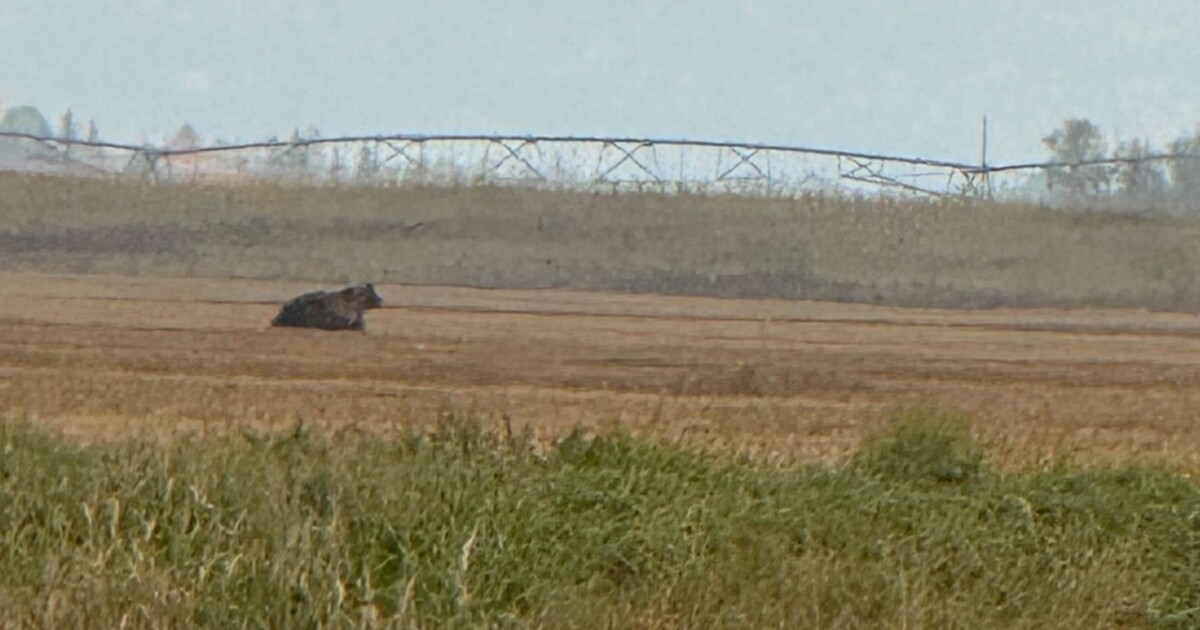I used to work with and attend the IGBC Meetings in my former job.USFWS plays a big role for sure, since they oversee all listed Endangered Species, but it's the Interagency Grizzly Bear Committee (comprised of federal, state, and tribal members, along with the Yellowstone Ecosystem Subcommittee) that collectively have input on the program. LINK and another LINK
All of which was an easily predictable effect of letting the population continue to grow beyond identified targets. Grizz, and especially mature male grizz, have a large home range, and don't tolerate competition within it. As target numbers within the parks were reached a while ago, every additional young grizz that isn't replacing one who died, is being pushed out of the park. Neighboring mtn ranges like the Centennials, Winds, Palisades, Absorokas, etc. have significantly growing populations.
Personally, I think grizz are awesome and worthy of protecting in appropriate places, but they simply aren't compatible everywhere, and we are only seeing more and more problems. And yeah, I do have a problem with someone in San Francisco telling me that "I just need to learn how to live with grizz" in my backyard.
We've had them kill pigs on the farm behind our house.
I have spent some time in the Winds via Pinedale, & a little in the Palisades & Centennials. I know the areas where the dispersing bears are going into in WY and there's confirmed occupancy in the Bighorns now. Bears from the GYE are showing up in the the Pioneers, Beaverheads on the MT/ID state line and the Anaconda-Pintlers at the north end of the Big Hole Valley.
The NCDE bears are dispersing south of I-90 so individuals from both will meet up soon if they haven't already. Plus NCDE bears are east of the Rocky Mtn Front & also in the island ranges in d=central MT.
The bottom-line is both populations have exceeded their recovery goals, and need to be de-listed. Management should be turned over to the three states fish & game agencies. But as you say the enviros don't want that to happen for the obvious reasons.
But being in the woods in the Central and Northern Rockies isn't Disneyland and encounters always happen.
Last edited:




